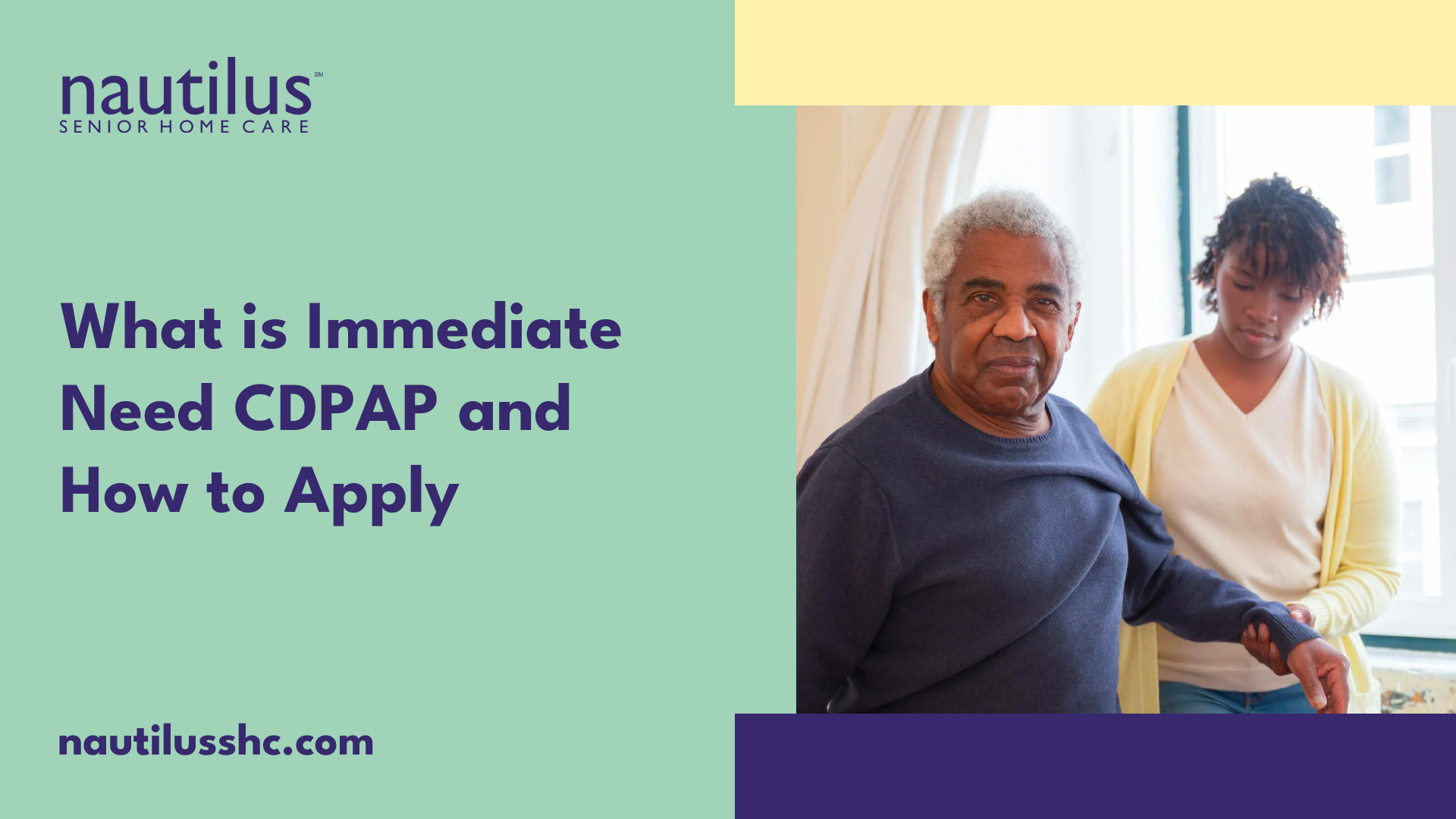Understanding Fiscal Intermediaries
To comprehend the concept of a fiscal intermediary, it is important to define their role and understand the different types of fiscal intermediaries that exist.

Definition and Role of Fiscal Intermediaries
A fiscal intermediary refers to an institution or individual that acts as a middleman between investors and borrowers in the financial market, facilitating the flow of fund. They play a crucial role in mobilizing savings from individuals and channeling those funds into productive investments. By connecting investors and borrowers, fiscal intermediaries help to efficiently allocate funds in the economy.
The primary function of fiscal intermediaries is to provide financial services that include accepting deposits, making loans, providing insurance, and offering investment products. These services enable individuals and businesses to access the capital they need to pursue their financial goals. Fiscal intermediaries act as intermediaries in the financial system, ensuring that funds are allocated to productive uses while managing risk.
Types of Fiscal Intermediaries
Fiscal intermediaries encompass various types of financial institutions that serve as intermediaries between savers and investors. The most common types of fiscal intermediaries include:
These are just a few examples of the fiscal intermediaries that facilitate the flow of funds in the financial system. Each type of fiscal intermediary has its own unique set of services and functions, all aimed at efficiently allocating funds and reducing transaction costs for investors and borrowers.
Understanding fiscal intermediaries and their role in the financial system is crucial in comprehending how funds are mobilized, allocated, and channeled to drive economic growth. Through their services, fiscal intermediaries contribute to the overall efficiency and stability of the financial markets, benefiting both individuals and the broader economy.
Functions of Fiscal Intermediaries
Fiscal intermediaries play a crucial role in the financial market by acting as intermediaries between investors and borrowers, facilitating the flow of funds. They provide various functions that contribute to the efficient allocation of funds and the reduction of transaction costs.
Mobilizing Savings and Channeling Funds
One of the primary functions of fiscal intermediaries is to mobilize savings from individuals and institutions and channel these funds into productive investments. By accepting deposits from savers, fiscal intermediaries accumulate a pool of funds that can be used to provide loans and other financial services to borrowers [1].
Through this process, fiscal intermediaries act as a bridge, connecting those who have surplus capital with those who require funds for various purposes. By reallocating otherwise uninvested capital to productive enterprises, fiscal intermediaries drive economic growth and facilitate the development of businesses and projects [2].
Services Provided by Fiscal Intermediaries
Fiscal intermediaries offer a wide range of services to both savers and borrowers in the financial market. These services include:
By offering these services, fiscal intermediaries help to efficiently allocate funds in the economy and reduce transaction costs for investors and borrowers. They play a vital role in the financial market by providing access to capital, managing risk, and facilitating economic growth.
In summary, fiscal intermediaries mobilize savings from savers and channel them into productive investments. They provide essential services such as accepting deposits, making loans, offering insurance, and providing investment products. Through these functions, fiscal intermediaries contribute to the efficient allocation of funds and the smooth functioning of the financial market.
Importance of Fiscal Intermediaries
Fiscal intermediaries play a vital role in the functioning of financial markets and the overall economy. They contribute to the efficient allocation of funds and help reduce transaction costs for investors and borrowers.
Efficient Allocation of Funds
One of the key roles of fiscal intermediaries is to mobilize savings from individuals and channel them into productive investments. By accepting deposits, making loans, providing insurance, and offering investment products, fiscal intermediaries facilitate the flow of funds throughout the economy.
These intermediaries act as a bridge between savers and borrowers, pooling funds from savers and directing them towards individuals and organizations in need of capital. This process ensures that funds are allocated to their most productive uses, stimulating economic growth and development.
Through their expertise in credit analysis, risk assessment, and asset management, fiscal intermediaries evaluate investment opportunities and allocate funds to projects with the highest potential for returns. This efficient allocation of funds helps drive economic activity and fosters stability in financial markets.
Reduction of Transaction Costs
Fiscal intermediaries also play a crucial role in reducing transaction costs for both lenders and borrowers. Transaction costs refer to the expenses incurred during the process of buying, selling, or transferring financial assets.
By consolidating funds from multiple savers, fiscal intermediaries achieve economies of scale that enable them to offer more affordable financial services. These intermediaries have the resources and expertise to efficiently process transactions, reducing costs associated with paperwork, legal procedures, and information gathering. This benefits both lenders, who can earn higher returns on their savings, and borrowers, who can obtain capital at competitive rates.
Furthermore, fiscal intermediaries help minimize information asymmetry between lenders and borrowers. They provide valuable services such as credit analysis and risk assessment, which enable lenders to make informed decisions about lending money. By reducing the uncertainty and potential losses associated with lending, fiscal intermediaries facilitate transactions and foster trust in the financial system.
In summary, fiscal intermediaries play a vital role in the efficient functioning of financial markets. They mobilize savings, channel funds to productive investments, and reduce transaction costs. By facilitating the flow of funds and reducing information asymmetry, these intermediaries contribute to the stability and growth of the economy.
Examples of Fiscal Intermediaries
Fiscal intermediaries play a crucial role in facilitating financial transactions between investors and borrowers. They act as intermediaries, connecting these two parties and enabling the smooth flow of funds. There are several types of fiscal intermediaries, including banks, insurance companies, and investment firms.
Banks as Fiscal Intermediaries
Banks are one of the most common and well-known examples of fiscal intermediaries. They accept deposits from individuals and businesses and use those funds to provide loans to borrowers. Banks play a vital role in mobilizing savings and channeling funds to those who require capital for various purposes. They offer a wide range of financial services, including checking and savings accounts, loans, credit cards, and investment products.
Banks also provide critical services such as credit analysis, risk assessment, and asset management. They evaluate the creditworthiness of borrowers and assess the risks associated with lending. By acting as fiscal intermediaries, banks help individuals and businesses access the funds they need while ensuring the safety and security of deposited funds.
Insurance Companies as Fiscal Intermediaries
Insurance companies also serve as fiscal intermediaries in the financial market. They collect premiums from policyholders and pool these funds to provide coverage against various risks. Insurance companies offer protection and financial security to individuals and businesses by assuming the risks associated with potential losses.
By pooling funds from policyholders, insurance companies can provide compensation in the event of covered losses, such as accidents, natural disasters, or health-related expenses. They play a vital role in managing risk and providing financial stability to individuals and businesses.
Investment Firms as Fiscal Intermediaries
Investment firms, including investment banks, asset management companies, and brokerage firms, act as fiscal intermediaries by facilitating investment activities. These firms help investors allocate their funds across various investment options, such as stocks, bonds, and mutual funds. They provide expertise and guidance to investors, helping them make informed investment decisions.
Investment firms also play a crucial role in channeling funds from investors to businesses and governments through the issuance of securities. They assist in underwriting new securities offerings, distributing them to investors, and providing liquidity in the secondary market.
The examples of banks, insurance companies, and investment firms illustrate the diverse range of fiscal intermediaries in the financial market. These intermediaries mobilize savings, allocate funds, provide essential services, and help individuals and businesses achieve their financial goals. By facilitating the flow of funds, fiscal intermediaries contribute to the overall efficiency and stability of the financial system.
Fiscal Intermediaries in the Context of Disability Services
In the realm of disability services, fiscal intermediaries play a vital role in supporting individuals with disabilities in managing their finances and accessing necessary resources. Let’s delve into the specific role of fiscal intermediaries in disability services and the services they provide to individuals with disabilities.
Role of Fiscal Intermediaries in Disability Services
A fiscal intermediary is an organization that acts as a bridge between individuals with disabilities and the funding sources that assist them. They provide invaluable support in navigating the complexities of government programs and services, enabling individuals with disabilities to effectively manage their finances and access necessary support.
One of the primary roles of fiscal intermediaries in disability services is to help individuals with disabilities hire and manage their own support staff. This involves assisting with tasks such as recruiting, hiring, and managing payroll for support workers. By facilitating this process, fiscal intermediaries ensure that individuals with disabilities receive the necessary care and assistance for their daily living tasks [3].
Services Provided by Fiscal Intermediaries for Individuals with Disabilities
Fiscal intermediaries offer a range of essential services to individuals with disabilities who receive funding through programs like Medicaid or other government funding sources. These services include:
By offering these comprehensive services, fiscal intermediaries empower individuals with disabilities to live independently and exercise control over their own finances and support services. They serve as trusted partners, supporting individuals in navigating the intricacies of financial management while fostering a greater sense of autonomy and self-determination.
In summary, fiscal intermediaries play a critical role in disability services by assisting individuals with disabilities in managing their finances and accessing necessary support. Through their services, fiscal intermediaries contribute to the overall well-being and independence of individuals with disabilities, ensuring they have the resources and support they need to thrive.
Responsibilities of Fiscal Intermediaries
Fiscal intermediaries play a crucial role in managing funds and ensuring compliance with government regulations. They have a fiduciary responsibility to protect both the individuals they serve and the funding sources. Let’s delve into the key responsibilities of fiscal intermediaries, which include financial management and administrative services, as well as compliance with government regulations.
Financial Management and Administrative Services
One of the primary responsibilities of fiscal intermediaries is financial management. They are tasked with processing payments for goods and services, maintaining accurate financial records, and ensuring the appropriate allocation of funds. By effectively managing finances, fiscal intermediaries help individuals and organizations maintain financial stability and make informed decisions.
In addition to financial management, fiscal intermediaries also provide administrative services. This includes tasks such as payroll management, tax reporting, and issuing financial statements. By handling these administrative functions, fiscal intermediaries allow individuals and organizations to focus on their core activities while ensuring compliance and financial transparency.
Compliance with Government Regulations
Compliance with government regulations is a critical aspect of the fiscal intermediary role. Fiscal intermediaries must stay up to date with relevant regulations and reporting requirements to ensure that funds are used appropriately and in accordance with program guidelines. This helps protect the interests of both the individuals receiving services and the funding sources.
Government regulations may include guidelines on acceptable expenses, reporting deadlines, and documentation requirements. Fiscal intermediaries must have a thorough understanding of these regulations to ensure compliance. By adhering to government regulations, fiscal intermediaries help maintain accountability and transparency in the use of funds.
Fiscal intermediaries act as a bridge between individuals or organizations and government funding agencies. Their responsibilities include managing finances, providing administrative support, and ensuring compliance with regulations. Through their expertise and knowledge, fiscal intermediaries help individuals and organizations navigate the complexities of financial management while protecting the interests of all parties involved.
Understanding Fiscal Intermediaries
To grasp the concept of a fiscal intermediary, it’s essential to delve into its definition, role, and types within the financial landscape.
Definition and Role of Fiscal Intermediaries
A fiscal intermediary is an organization or agency that provides financial management and administrative services to individuals with disabilities who receive funding through government programs, such as Medicaid or other public funding sources [3]. Acting as a bridge between the individual with a disability and the government funding agency, fiscal intermediaries ensure that funds are used appropriately and that the individual has access to necessary supports and services.
The primary role of a fiscal intermediary is to support individuals with disabilities in managing their funds and accessing the services and supports they need. They facilitate the processing of payments for goods and services, maintain financial records, and ensure compliance with government regulations and reporting requirements [3]. By assuming these responsibilities, fiscal intermediaries alleviate the administrative burden on individuals with disabilities, allowing them to focus on their well-being and quality of life.
Types of Fiscal Intermediaries
Fiscal intermediaries can take various forms, each with its own structure and specialization. While the specific types may vary depending on the funding program and region, common examples include:
Keep in mind that the specific roles and services provided by fiscal intermediaries may vary depending on the funding program and the unique needs of individuals with disabilities. In addition to financial management and administrative services, fiscal intermediaries may offer assistance with budgeting, financial planning, and connecting individuals with relevant resources and community supports.
References
What is a Fiscal Intermediary? The Complete Guide




















